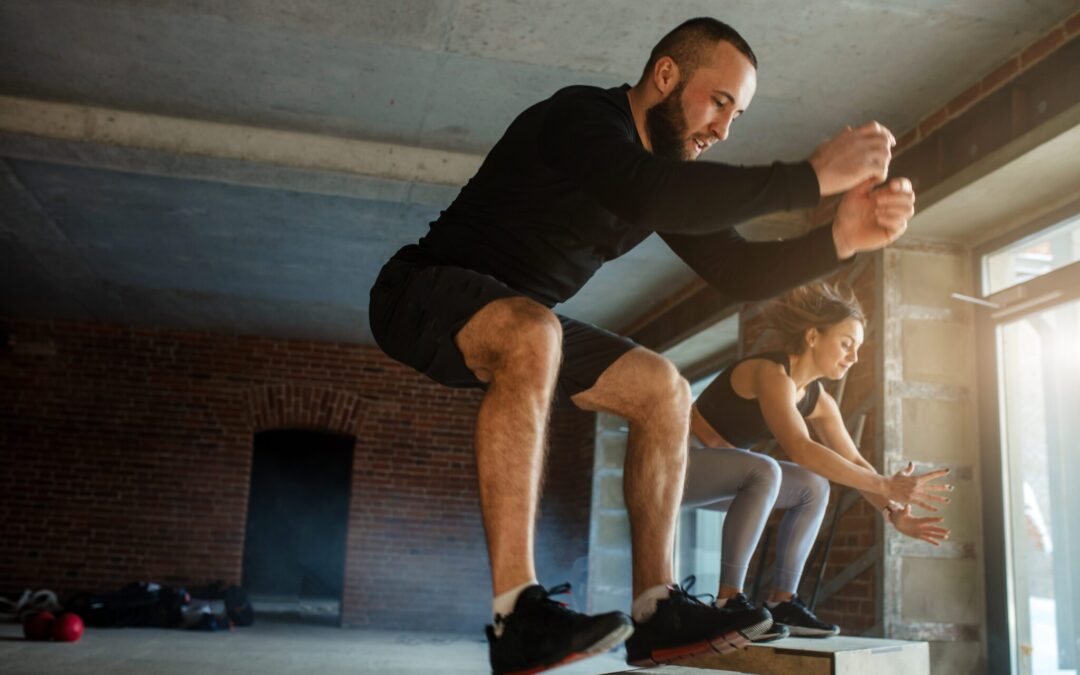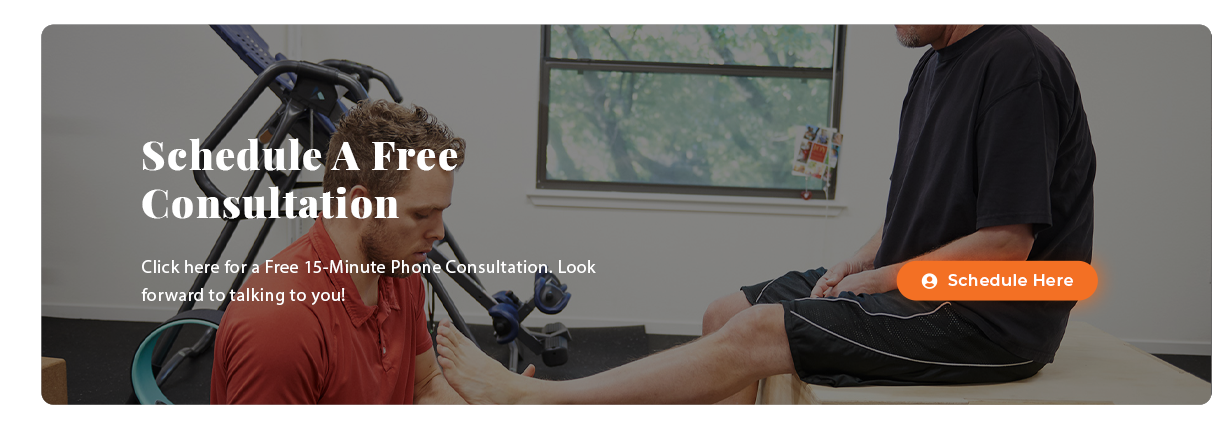“I bet some of you feel sorry for me. Well, don’t. Having an artificial leg has its advantages. I’ve broken my right knee many times and it doesn’t hurt a bit.” ~ Terry Fox
One of the most common knee injuries is an anterior cruciate ligament (ACL) sprain or tear.
Athletes who participate in high-demand sports like soccer, football, and basketball are more likely to injure their ACL. And, according to research, genetically male athletes are far less likely to suffer from an ACL tear than female athletes. This disparity is strictly due to physiological differences between the two.
Regarding the issue of the difference between men’s and women’s knees, one hospital website notes that,
“A woman’s pelvis is wider than a man’s, creating a sharper angle where the bones in the knees meet. As a result, the front of the knee joint, the thighbone and the kneecap fit together poorly, and this misalignment can lead to injury and wear and tear on the joint.”
And in addressing the question of why ACL injuries are more common in females compared to males, Hopkins Medicine points out that,
“The structure of the knee joint in women plays a big role in putting them at a higher risk for an ACL tear. Women’s joints — including the knee — generally have more looseness and range of motion than men’s.”
And the National Institutes for Health states that neuromuscular factors appear to be the most important reason for the higher rate of ACL injuries in females compared to males. The at-risk situations for noncontact ACL injuries appear to be deceleration, cutting or changing directions, and landing.
Regardless of gender or choice of activity, prevention is still the best safeguard against ACL injuries.
Strengthening Strategies: Effective Exercises to Ward Off ACL Injuries in Men
Before delving into the exercises, it’s essential to comprehend why ACL injuries are prevalent among men.
Biomechanical differences, such as hip structure and the notch within the knee, can affect how forces are distributed across the joint. Additionally, hormonal factors and muscle imbalances contribute to this vulnerability. In addition, lack of conditioning and strengthening of specific muscle groups can make the ACL vulnerable to strains and tears.
Therefore, exercises that target these specific areas can be instrumental in injury prevention.
- Squats
Squats are a fundamental compound exercise that strengthens the quadriceps, hamstrings, and glutes—muscles that play a crucial role in stabilizing the knee joint. Performing squats with proper form not only enhances lower body strength but also improves balance and coordination. Variations like goblet squats and single-leg squats can provide targeted benefits and contribute to overall knee stability.
- Lunges
Lunges are another effective exercise for ACL injury prevention. They engage multiple muscle groups, including the quadriceps, hamstrings, and glutes, while also promoting better proprioception and balance. Forward, reverse, and lateral lunges help improve strength in various movement directions, closely mimicking the demands of many sports.
- Step-Ups
Step-ups are a functional exercise that simulates movements encountered during sports activities. By stepping up and down onto a platform, you engage the quadriceps and glutes while enhancing stability in the knee joint. This exercise assists in developing control during weight-bearing actions and reinforces the muscles responsible for maintaining proper alignment.
- Plyometrics
Plyometric exercises involve explosive movements, such as jumping and hopping, which enhance power and neuromuscular coordination. Box jumps, lateral hops, and depth jumps train the muscles to react quickly to sudden changes in direction, which is crucial for ACL injury prevention.
- Hamstring Strengthening
The hamstring muscles act as stabilizers for the ACL. When they are weaker in comparison to the quadriceps, an imbalance can increase the risk of injury. Incorporating exercises like hamstring curls and Romanian deadlifts can address this imbalance and improve overall knee joint stability.
- Balance and Proprioception Training
Balance and proprioception exercises involve unstable surfaces, forcing the body to engage smaller stabilizing muscles around the knee. These exercises not only enhance joint stability but also improve the body’s ability to react swiftly to sudden movements, reducing the likelihood of ACL injuries. Exercises like single-leg balance, stability ball exercises, and balance board activities can significantly contribute to injury prevention.
Conclusion
Preventing ACL injuries in men demands a multifaceted approach that includes targeted exercises to address muscle imbalances, improve stability, and enhance overall knee joint strength. Incorporating squats, lunges, step-ups, plyometrics, hamstring strengthening, and balance training into a comprehensive workout routine can significantly reduce the risk of ACL injuries. It’s imperative to remember that proper form and gradual progression are vital for reaping the benefits of these exercises while minimizing the risk of overuse injuries. By dedicating time and effort to these exercises, men can safeguard their knees and enjoy improved athletic performance and long-term joint health.
For ACL Injury Prevention, Strength and Fitness are Key
Mitigating ACL injuries in men necessitates a blend of specific exercises, correct techniques, and recognition of personal thresholds. Through dedicated participation in a comprehensive workout regimen that highlights lower body strength, stability, and coordination, the likelihood of ACL injuries among men can be notably diminished.
Keep in mind these Exercise Safety Guidelines:
- Warm-Up Routine:
- Begin with a comprehensive warm-up to enhance blood circulation and ready your muscles for action.
- Integrate dynamic stretches and light cardiovascular activities into your warm-up.
- Correct Execution:
- Prioritize precise exercise forms to avert unnecessary strain on your knees.
- Initiate with lighter weights or your body weight until you’re at ease with the technique.
- Gradual Progression:
- Elevate exercise intensity step by step by incorporating added weights, more repetitions, or increased difficulty.
- Sidestep sudden and drastic increments could lead to potential injuries.
- Adequate Rest and Recovery:
- Allocate ample time between workout sessions for proper recuperation and to mitigate the risk of overuse injuries.
- Integrate flexibility and mobility exercises into your routine to enhance the health of your joints.

Effective Solutions for Pain and Performance to Unleash Your Optimal Self
If you’re worried about the potential of a significant ACL injury and are possibly dealing with the discomfort of a Grade 1 ACL sprain, you can embark on a journey towards total pain relief.
The initial step on this path involves connecting with Pain and Performance Solutions.
One notable approach we offer is the Active Release Technique®, or (ART®), a proven method for addressing a diverse range of soft tissue and joint pain. ART® stands as a patented, non-invasive treatment approach meticulously tailored to target various soft tissues. Notably, it is effective in mitigating muscle spasms and weakness frequently accompanying ACL injuries.
This treatment is both secure and absent of pharmaceuticals, delivering remarkable efficiency.
We strongly urge you to arrange an appointment today. In your preliminary consultation and evaluation, we will work with you to establish a comprehensive grasp of your existing pain issues, your history concerning knee and leg discomfort, any distress you may have encountered, and your current physical activity level.
Once we pinpoint the roots and characteristics of your condition, we can start the process of treatment and alleviation for your knee pain.
Contact us today at (707) 636-4404 or make use of our online booking form to schedule a consultation and pay a visit to our office.


